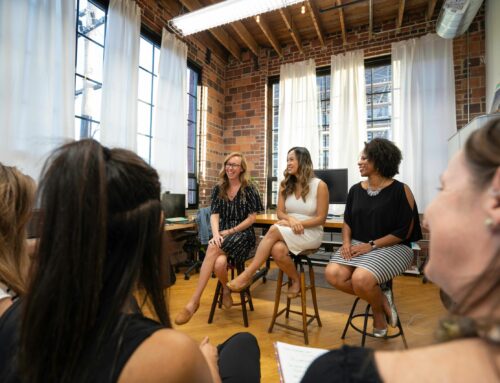How can your private school serve students with special needs? Especially operating on a modest budget with a small staff? Both good questions that we’ll address in this blog post!
While private schools aren’t required to provide special education programs or services, you should have some understanding of how to accommodate these students, what types of special needs are the most common, and what services may be available from local education agencies.
Quick facts
But first, here’s a bit of context. According to the U. S. Department of Education, of the students who received special education services in 2015-2016:
- 34 percent had specific learning disabilities, which are problems with reading, writing, spelling, and math
- 20 percent had speech or language issues
- 14 percent had health issues
- Autistic students, those with intellectual or developmental issues, and students with emotional issues were between 5 to 9 percent of students who received services under the Individuals with Disabilities Education Act
- The percentage of public school students identified as special needs was approximately 13 percent of public school students ages 3-21 year of age
The National Center for Education Statistics reports that 95 percent of special education students were enrolled in regular schools, 3 percent were enrolled in public or private schools for students with disabilities, 1 percent were enrolled in private schools by their parents, and the remaining students were in correctional facilities, in hospitals, or received instruction at home.
Tips for serving students with special needs
In many instances, a student with special needs can be accommodated in private school classes without a formal educational services plan or without hiring a specially trained teacher to work with the student. Here are some easy ways:
1. Allow students to use technology to compensate for their disability
Students with dyslexia can have recorded books or have their textbooks read to them, students with dysgraphia can use a computer or tablet for taking notes or photograph the notes the teacher writes during class, and students with dyscalculia can have manipulatives to assist them with math concepts.
2. Make special accommodations
Arrange with teachers to allow a student with Asperger’s, or who is on the autistic spectrum, to be able to sit separately from the other students in a classroom, or to sit near the door so that the student can leave the classroom for a few moments if he or she begins to feel overwhelmed. It may be helpful to give students a code word or gesture to let the teacher know that they need a break.
3. Allow students to move
Students with ADD/ADHD might benefit from being allowed to sit on an exercise ball to allow them to keep their bodies moving quietly. Students will actually be able to concentrate better if allowed to move.
4. Make therapists an option
Allow students to bring an ABA (applied behavioral analysis) therapist to school with them.
5. Be flexible about exams
Rather than have students take written exams, offer the opportunity to be given oral exams or to dictate answers.
6. Empower students to succeed
Allow students extra time to complete their written work. Additionally, teachers can email lecture notes to the student or the student’s parents. It’s also a good idea to ask parents for input on how to assist the student.
7. Help families find financial aid
In some situations, tuition reimbursements, tax credits, school-choice vouchers, and scholarships are available to students with special needs enrolled in private school. Education Week has a comprehensive list of vouchers, educational savings accounts, and tax credits by state that school administrators and parents alike will find helpful.
Wrapping up
Though private schools are not required to provide special education services, there is much that they can do to help students with special needs to thrive and grow in their school. In the process, your school as a whole will benefit.
So, if a special needs student is identified or enrolled in your school, you can feel confident that there are a variety of resources and strategies to facilitate the student’s education, whether your teachers have special education training or not.








Leave A Comment